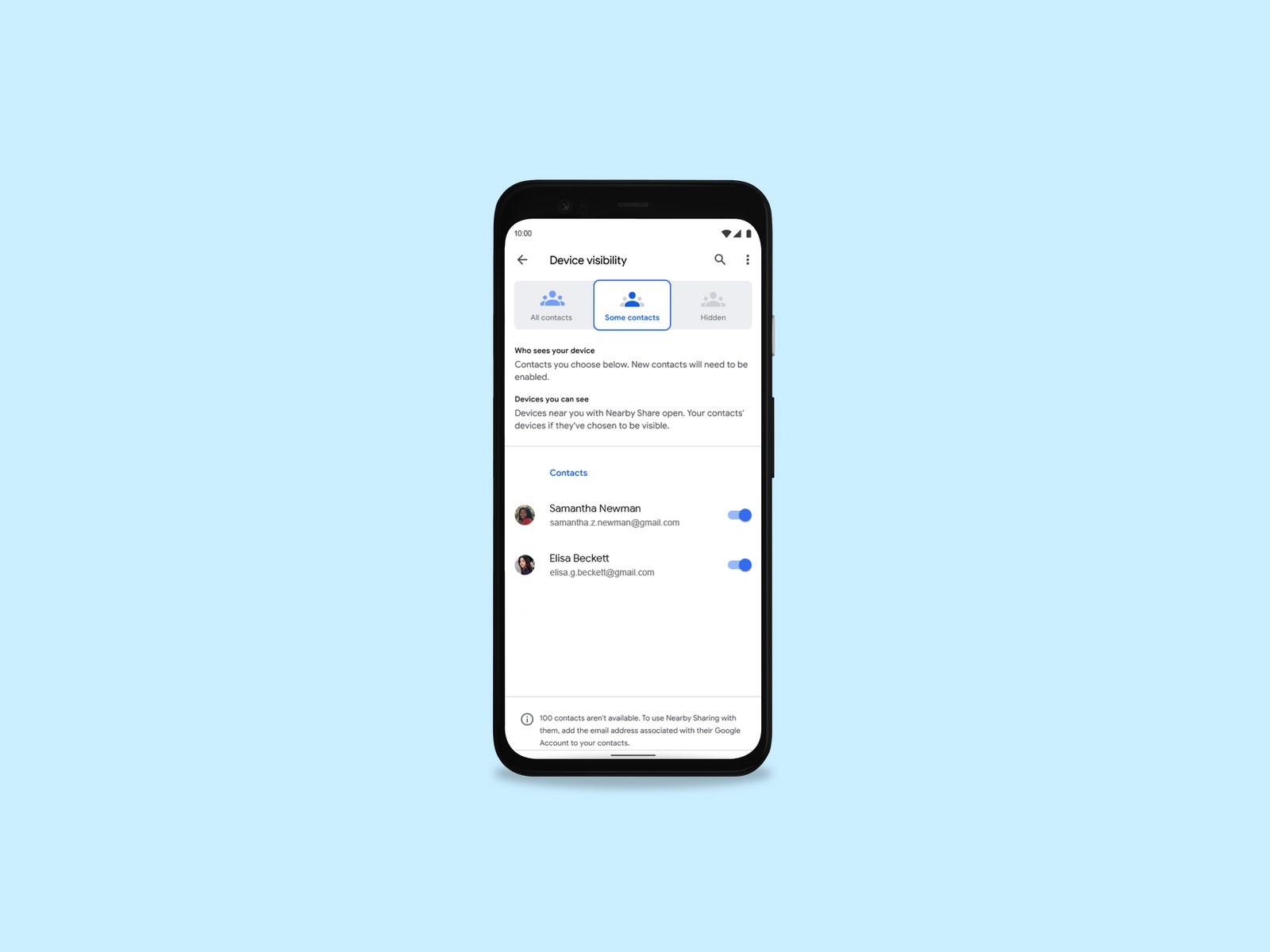Whether you want to share photos, links, files, and more with others nearby or even across your devices, there is a way to do it. Apple has AirDrop, so folks can seamlessly send almost anything to other nearby Apple devices with just a few taps. Google’s Android equivalent is a feature called Nearby Share, and it works across Android phones and tablets, Chromebooks, and even Windows computers.
Nearby Share searches for devices in close proximity, then chooses a protocol to use depending on what you’re sending and what your connectivity is like. For example, it will use peer-to-peer Wi-Fi if you’re completely offline, but other sharing protocols include Bluetooth, hot spot, WebRTC, and more. Here’s how to make use of it.
Updated October 2023: We refreshed this guide to reflect changes in Android and added instructions for using Nearby Share with a Chromebook or Windows PC.
Does Your Phone Support Nearby Share?
Android used to have a sharing feature called Android Beam, which let you bump the back of two phones together (if both devices had a near-field communication sensor) to send photos, files, and more. It never became as well known as AirDrop (which launched the same year). Google killed it in 2019 with the intention to replace it with Nearby Share.
Nearby Share only works with phones that support Android 6.0 or higher, which is a version of the operating system released in 2015. If you have a phone from 2015 or newer, there’s a very good chance your phone will be able to use it. To check, head to your phone’s Settings menu, scroll down to About Phone, and you should be able to see the Android version. If the number is 6 or higher, you’re good to go.
Photograph: Google
Services Marketplace – Listings, Bookings & Reviews

